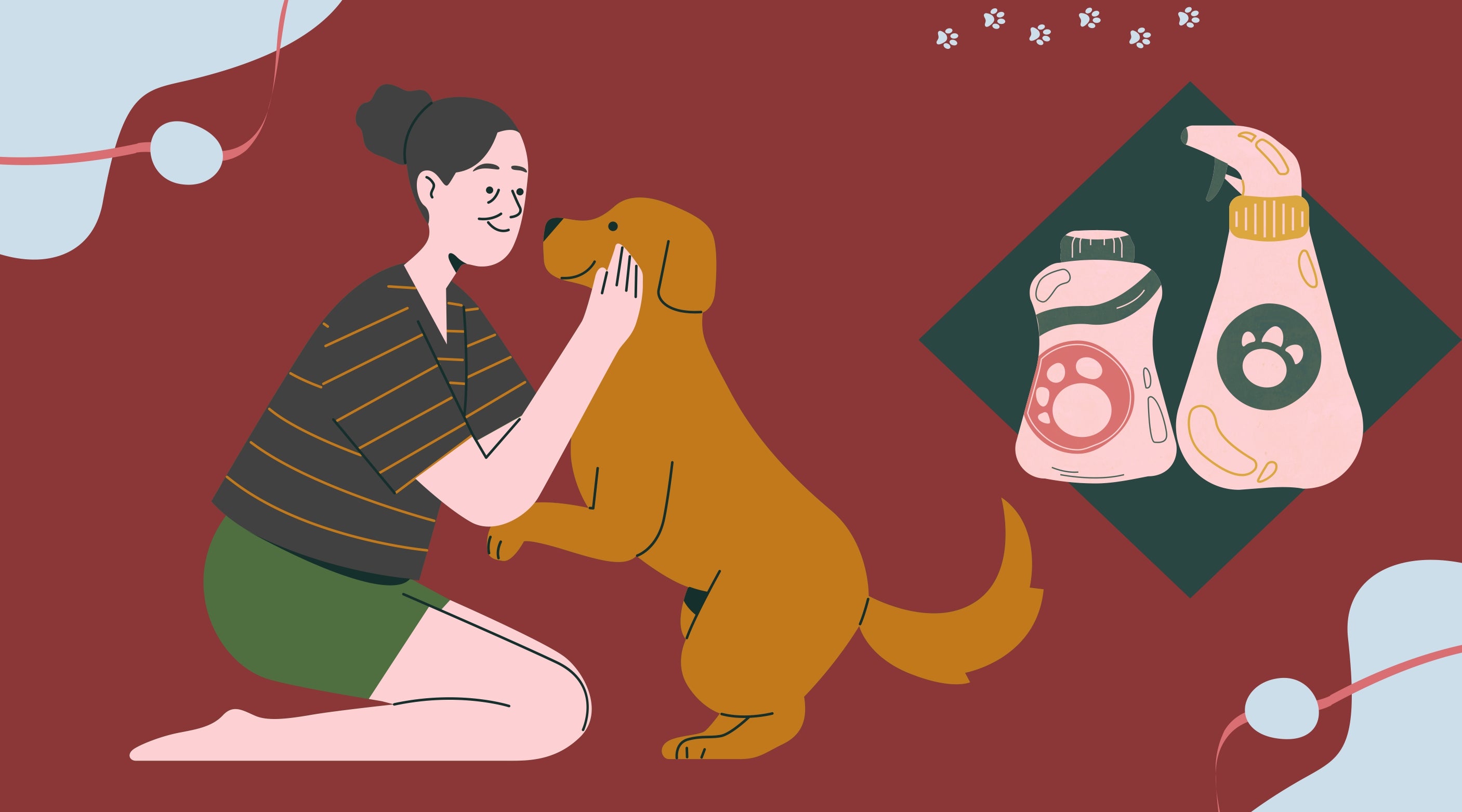
Potty Training: Everything You Need To Know
Puppies / kittens aren’t trained when you get them home. Training is a pet pawrent’s first foray into building a foundation of affection, love, acceptance & patience with their pet. One of the first & arguably the most difficult aspects of training a new pet is Potty Training. Although, every breed & pet has individual traits, characteristics & learning curves, training a pet requires a lot of patience, commitment & consistency.
To understand the initial life cycle of a puppy / kitten better & to know the right age to get a pet, read here.
Accidents are a part of the process, but it is essential that you stay patient & adhere to the following set of guidelines:-
 1. Repetition
1. Repetition
The first thing pet parents should do is to create a time table for your pet. From feeding, to walking, to sleeping, to Potty Training, a regular time table helps your pet get into a routine.
2. Control

The memes are right! The attention span of a puppy is very poor. It is vital that you keep your pet on a leash, especially if you’re taking him out in the open with a lot of distractions.
3. Consistency
A repetitive routine added with consistent commands enhances the training process. Simple words like “Potty”, “Good Potty”, “Yes!”, “Toilet” just before your pet urinates or poops can be used so that your pet associates these words with the exercise.
4. Reward
Positive Reinforcement. Yes, Positive Reinforcement is the word. It is very important that every time you’re teaching your pet something new, you establish a positive reaction every time he does it correctly. Reward your pet with a treat or a praise word to let them know that you approve by using simple words like “Yes” & “Good”
An 8-week-old puppy / kitten is very different developmentally from a 5-month-old cat / dog. To reiterate, some pets, regardless of breed & gender, learn some exercises in just a few days, while others can take weeks, even months to perfect something the way you want him to. However, patience, simple commands & positive reinforcement are essential.
To understand the concept better, let’s understand it in a Do’s & Don’ts format.
Do’s of Potty Training
- Take your puppy out often
Puppies / Kittens, unlike their adult counterparts, especially those under 12 weeks of age, should be taken out a lot more frequently. Before 10-12 weeks old, they’re still developing muscles necessary to hold their eliminations for longer durations. Take a look at some appropriate timings when you can take out your pet.

2. Use Crate Training as an Aid to Potty Training
Contrary to popular belief, introducing your pet to a crate early on works better than you can imagine. Canines especially are den animals; they’re from the same family as wolves, so they’re genetically wired to accept a crate as their own space. The principle behind this is that dogs & cats are particular about cleanliness, they won’t relieve themselves in their crate.
However, a pet parent has to be mindful of two things here. If the size of the crate is too big, the pet may use a corner of the crate to relieve himself. Secondly, look out for signs that your pet may express that he needs to get out of the crate. An accident inside the crate can cause your pet to relieve himself again inside the crate. In cases of Vet visits & long journeys, a crate trained pet will be more relaxed.
3. Always Practice Positive Reinforcement
Rewarding your pet every time he does it right goes a long way in building an affectionate & loving relationship. Use positive verbal cues, treats or rewards immediately after your pet has relieved himself for him to make an association of words-with-actions.
4. Recognize when your pet needs to relieve himself
Just as your pet is learning new commands & exercises, you are also learning his body language & cues. Constantly supervise your pet’s verbal & non-verbal cues to understand how he is communicating with you. For example, pets will sniff, circle around or sit by the door to communicate that they need to go out.
5. Stick to a regular feeding schedule
It is recommended by experts to feed your puppy / kitten 2 meals a day. Try to be consistent with each meal, everyday.
6. Keep your pet on a leash
Keeping your pet on a leash while Potty Training him is generally a good idea. You have better control over his movements & attention and can steer him off of distractions.
Don’ts of Potty Training
1. Using Negative Reinforcement
Anger, punishment or discouraging actions can never be a successful training methodology. Don’t try to “teach them a lesson” by scolding or hitting your pet. Negative verbal or non-verbal cues will scare your precious pet instead of teaching them.
2. Using Potty Pads
Potty Pads should only be used after consulting your vet or if absolutely necessary; don’t use them as a substitute for going outside. Allowing your young pet to relieve himself on a Potty Pad unnecessarily may confuse him about where they’re allowed to relieve themselves.
3. Irregular Schedule
Failing to adhere to a regular feeding & Potty schedule, especially in the early days of Potty Training can confuse your pet, therefore leading to more accidents & irregular Potty timings.
To sum it all up: -

Phew! This was quite a bit of information, right? What if you did not have to read so much? What if you did not have to filter relevant information specific to your puppy / kitten. What if there was a one-stop-shop solution to all your potty training woes?
The Zoivane Pets’ Potty Training Spray is a revolutionary product, tailor-made to cater to all your Potty Training needs. Launched in June 2021, the Potty-Training Spray, till date, is one of our bestselling products & has sold over 30,000 units. Created from a homegrown formula by our founder – Nishma Singhal, the spray attracts your pet to the potty / urine location of your choosing.

But, how does the Potty-Training Spray really work?
Simply, introduce the Spray around your pet. After a while, when he has gotten used to a foreign object around him, spray the Potty-Training Spray in an indoor / outdoor area of your choice. Allow your pet to smell it. Reward your pet in the form of a treats, his favorite toy or encouraging yet simple words like, “Yes!”, “Good”, “Good Potty” as positive reinforcement every time he gets near the sprayed area or tries to relieve himself.
Be patient with your pet as it may take them time to get used to this exercise. It may take as less as a few days and as much as a month for them to get used to this exercise. It may be used in any place you want, such as on potty linens, toilet/flooring, terrace/flooring, newspaper, and so on.
Every pet is different, irrespective of their breed & gender, in all aspects, be it personality or temperament. However, how long it takes your pet to get used to the Potty-Training Spray is entirely up to his or her personality. In our experience, it takes 7-28 days. It’s best to use the Zoivane Potty Training Spray at your pets’ potty or urine time. Spray it at a desired location so that they start associating potty with the scent of the Spray.
To sum it up: -

Watch the process: https://www.youtube.com/shorts/CHaIAjpH-c8

This was one success story. There are 30,000 more.
Check out these cool reviews of the Potty Training Spray:-
https://www.youtube.com/watch?v=XtItqAvVsa0
https://www.youtube.com/watch?v=gV7DPS6v5CE
https://www.youtube.com/watch?v=0aX9ZnJ0C6Q

Zoivane’s Potty Training Spray is ideal for Pedigree as well as Indie dogs & cats. Check out this cute video of Sheetu & her Indie Dog “Brody”: https://www.youtube.com/watch?v=f_3LqjaZOu4
2 additional factors make the Zoivane Potty Training Spray truly special & spectacular. Firstly, it can be used on Dogs & Cats of all ages.
“I have a senior cat & a 2-month-old puppy. When the pandemic hit, no one knew how long we’d have to stay at home or when another wave could hit. I was working from home, but my pets could not relieve themselves. We live in an apartment in a gated society. Both my pets had fallen ill because they were trained to relieve themselves outside the house. I stumbled upon Zoivane Pets’ Potty Training Spray at just the right time. The spray worked really well on both my pets & I’m really glad I found this when I did.” – Saumya, Insurance Agent
Secondly, once a pet has been potty trained using the Zoivane Potty Training Spray, it gets really easier for him when there’s a change in surroundings.
“We got Oreo, a beagle, 2 years back. My daughters have been most attached to Oreo since day 1. Using the Zoivane Potty Training Spray was a breeze. Oreo got Potty trained in just a few days. But we’re moving to Canada in a few days & no matter how much we want to, taking Oreo with us is logistically difficult. We’re dropping him off at my mother’s place where he’ll have a lot more room to run around & frolic. And it’ll be the Zoivane Potty Training Spray that will be most useful while training Oreo in his new surroundings.” – Meghna, Homemaker
Check out a cute video of Meghna & Oreo’s story here: -
https://www.youtube.com/watch?v=ZrEyUPc6ae0
A pet is a bundle of joy & happy memories but it also comes with its own set of responsibilities. It is our job as pet parents to train & groom them consistently. The Zoivane Potty Training Spray is one must-have product at your house whenever you think about Potty Training your pet.
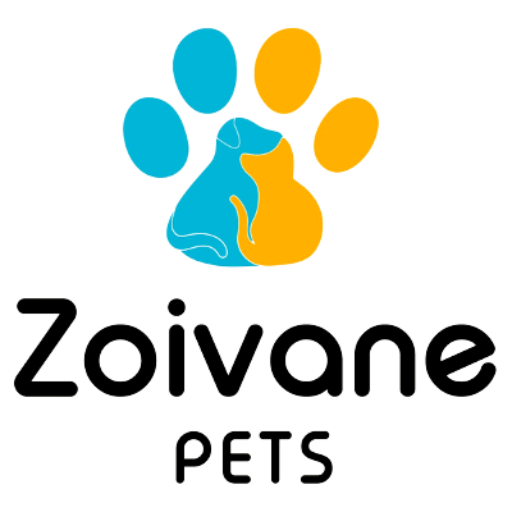
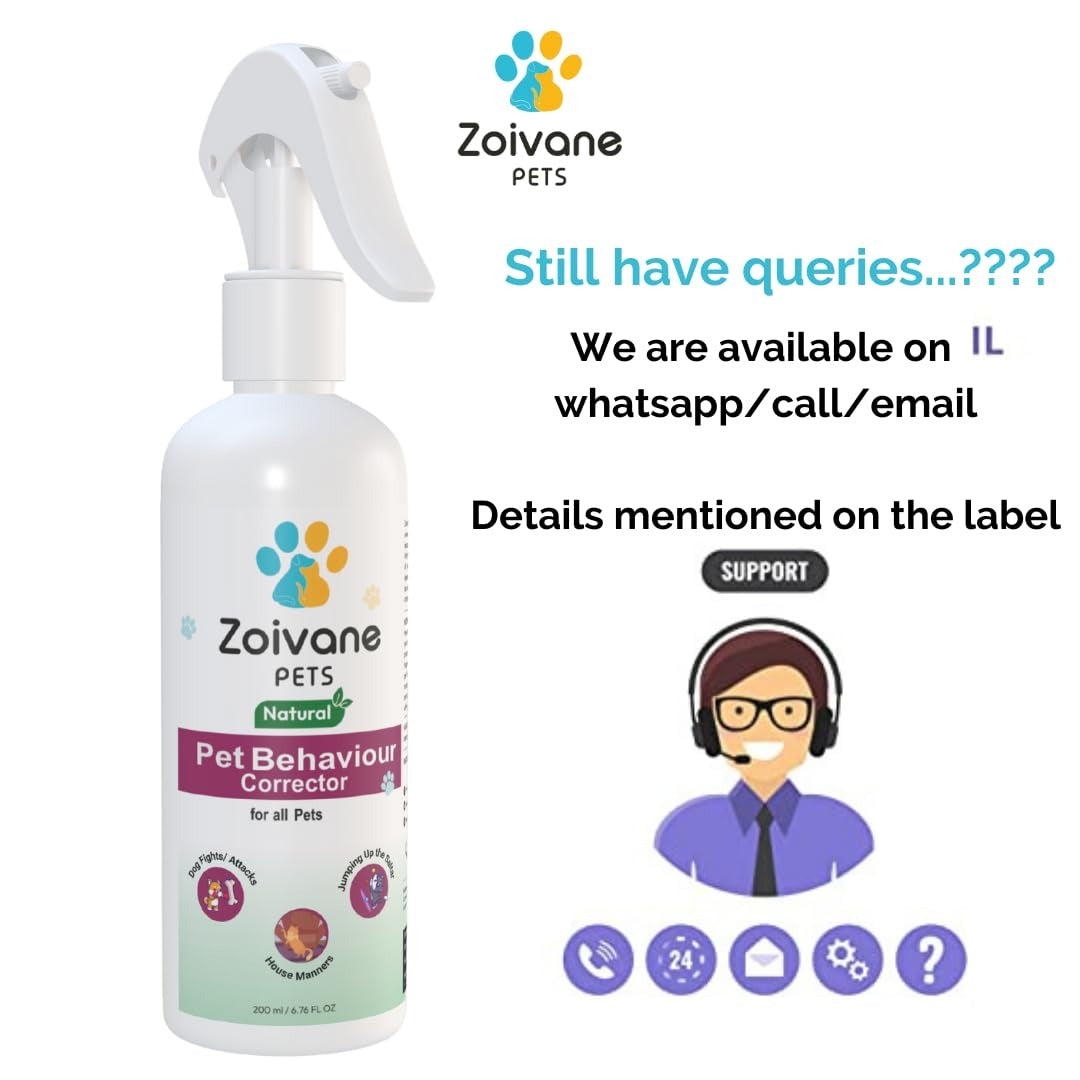
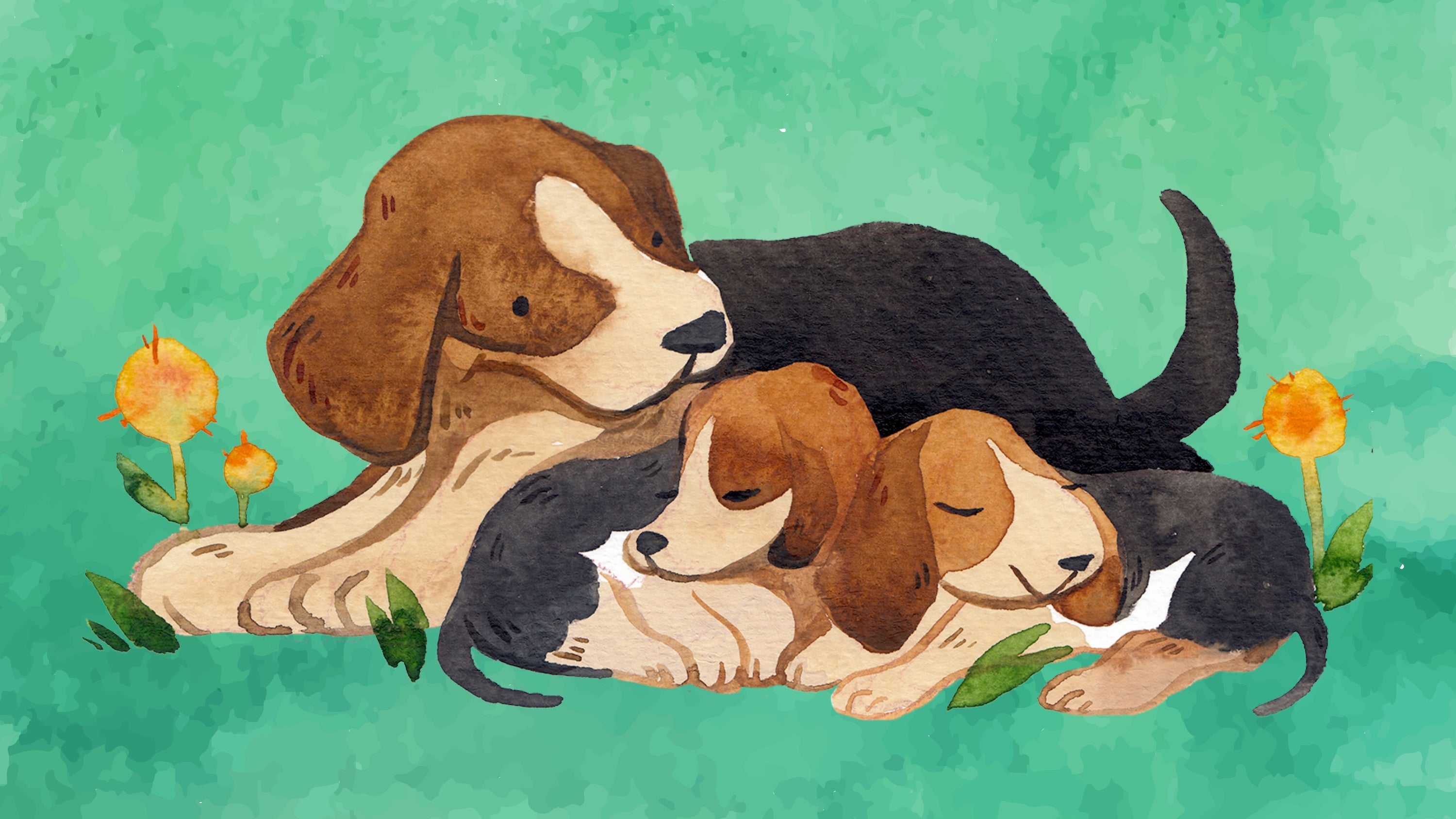
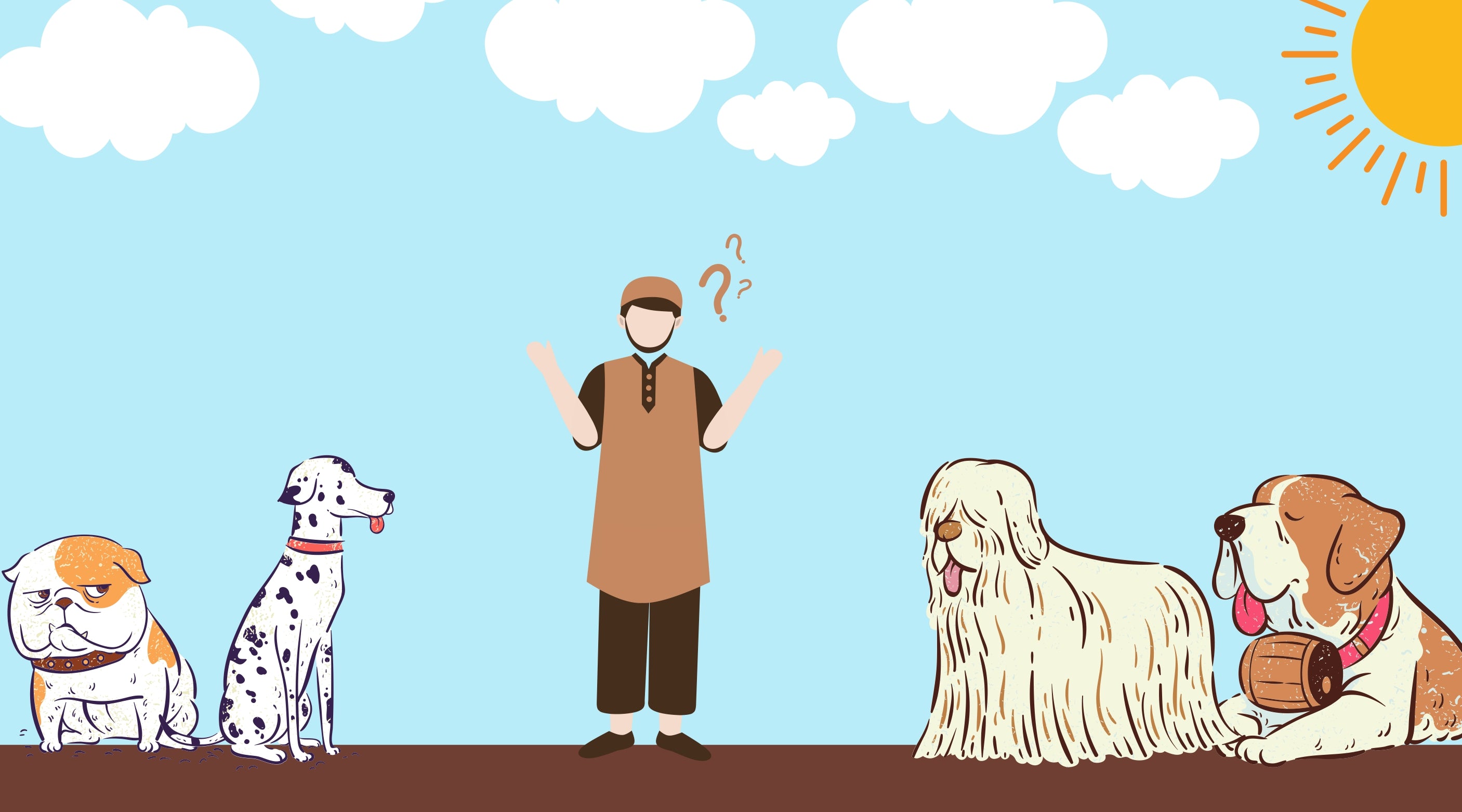
1 comment
Such a helpful and informative blog! The potty training tips are well-explained and make the process easier for pet owners. Thanks for sharing these valuable insights.
Cat Exotica
Leave a comment
This site is protected by hCaptcha and the hCaptcha Privacy Policy and Terms of Service apply.